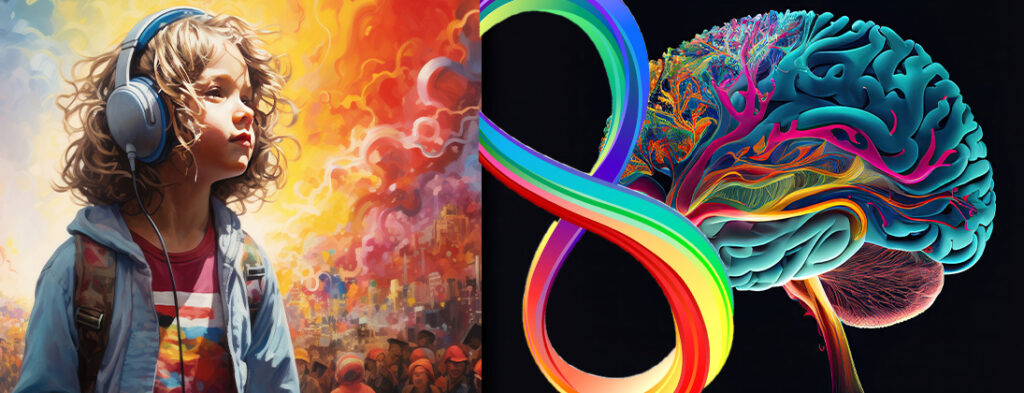Autism Awareness
What is Autism?
Autism Spectrum Disorder (ASD) is a neurological disorder that affects how individuals communicate and interact. It is classified as a developmental disorder because symptoms often show by age two. Autism is considered a spectrum disorder because symptoms and the severity can differ between each individual.
How is Autism diagnosed?
The Centers for Disease Control explains that “diagnosing Autism Spectrum Disorder can be difficult because there is no medical test, for example, a blood test, to diagnose the disorder. Doctors look at the child’s developmental history and behavior to make a diagnosis.” There are often social communication deficits in those with autism. Examples of such behaviors include; talking about a favorite subject in detail without giving others a chance to respond, imagination difficulties, and displaying facial expressions or movements that don’t match what is said.
How does Autism affect the brain?
Autism results in a slight increase in symmetry in the brain. Cognitive processes flow between the right and left hemispheres. Between hemispheres, there is less connectivity in a brain with autism. Carey Rossi writes, “People with ASD tend to have reduced leftward language lateralization, which could be why they also have a higher rate of being left-handed compared to the general population.” Furthermore, “The folds in the brain add to the surface area of the cerebral cortex.” The amount of grey matter in the brain affects the amount of information that can be processed (Rossi, 2022, para.10).
What causes Autism?
Genetics and environmental factors can affect an individual’s development, potentially leading to ASD. Lorenza Culotta, Ph.D. states, “Autism has multiple causes—such as genetic factors, and environmental factors, comorbid neurological and mental conditions—such as epilepsy, intellectual disability, OCD and ADHD, and a wide range of symptomatology,” (Rossi, para. 2). The abilities of those with autism can vary between each individual. Some may have effective communication skills while others are nonverbal. The amount of support an individual needs in their daily lives can depend on their level of communication.
Are Autism and ADHD related?
50 to 70% of those with autism also have ADHD (National Library of Medicine,2022, para. 1). ADHD and autism can often coexist, however, there are differences between the two. People with ADHD have problems staying still and can become easily bored or distracted while working. People with autism engage in frequent repetitive behaviors and can have social communication impairments.
Can Autism be cured?
There is no cure for Autism, however, those diagnosed can still live a joyful and fulfilling life!
Resources
https://www.nimh.nih.gov/health/topics/autism-spectrum-disorders-asd
https://www.spectrumnews.org/features/deep-dive/decoding-overlap-autism-adhd/
https://www.tpathways.org/faqs/can-autism-be-cured/
https://www.cdc.gov/ncbddd/autism/hcp-dsm.html


